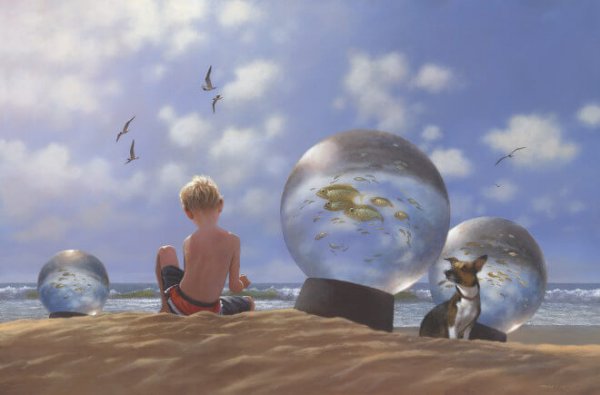The Slow Movement: The Slower the Better

The slow movement is gaining strength. True, we realized how amazing it is to be able to go from one country to another in just a couple of hours. But people also started to realize that making love in two minutes, or eating lunch in three, wasn’t a good idea.
“The slowest person who never loses sight of his goal is still faster than someone who dashes about without one.”
-Gotthold Ephraim Lessing-
Experiencing things at the speed of light isn’t the same thing as experiencing them. Also always desiring things quickly means more stress and anxiety. In the end, this isn’t life. Much the opposite: life gets shorter when it’s lived at frenzied pace.
The slow movement bets on slowness in various crucial aspects of life. It’s not a centralized movement, and doesn’t come from any group in particular. There are multiple origins and focuses. But the common thread among them is a rejection of the endless acceleration going on in today’s world.
Slow Movement With Food
The first area that opened a path for the slow movement was with food. It started when McDonald’s came to Rome in 1986.
The chefs nearby were absolutely furious. One of the regions with the oldest culinary traditions in the world couldn’t, all of a sudden, face competition with fast food.

The Italians, like many other populations with a long culinary culture, don’t have foods characterized by speed or ease. It’s the complete opposite.
A good cheese or wine is completely dependent on time. And the best dishes tend to take hours or even days to finish.
In 1989, the best chefs in the world signed the Slow Food manifesto in Paris. It was an agreement based on the rejection of fast food.
It called for the protection of traditions and good food. That was how the first slow movement was established.
Slow Fashion Trends
Fashion was the second territory conquered by the slow movement. It sounds a bit contradictory, because fashion itself is a concept associated with short-lived things, and fast fashion is still incredibly powerful.
Still, there’s a movement that’s been gaining steam that’s trying to set a vision of fashion as environmentally responsible and socially sustainable.

The movement really gained steam after the tragic accident in a Bangladeshi textile factory, in 2013. This loss uncovered how much of the fashion industry was living off of horrendous worker conditions and how harmful their practices were for the environment.
Slow Fashion wants people to stop the habit of buying a lot of cheap clothes. In general, these clothes don’t last longer than six months. And then the cycle starts over again.
What they propose is buying clothing that’s a little more expensive, but better quality. As we can see, the slow movement is also a rejection of the throw-away culture.
From Fashion and Food to our Inner Selves
The slow movement started with food and then clothes. Then it extended to other areas like construction and travelling. Finally, the idea of “slow cities” has been spreading.
From this perspective, people dream of cities that don’t have more than 50 thousand inhabitants. Cities where the infrastructure is adapted to getting around by foot or bicycle.
Slow Education also appeared. It’s a viewpoint that advocates for schools to respect the learning pace of their students. They’ll make the school schedule for children and teenagers more flexible.
The point is to adapt everything to life cycles. They want it to be motivation and interest that guide schooling, and not rules for their own sake.

The movement is a revolutionary way of looking at the future. It’s become more and more clear that we’re not just cogs in the chain of production.
We’re human beings looking for meaning in our lives. There’s no doubt, slowness is a concept will keep growing and hopefully give us hope in a dizzying world.
This text is provided for informational purposes only and does not replace consultation with a professional. If in doubt, consult your specialist.








